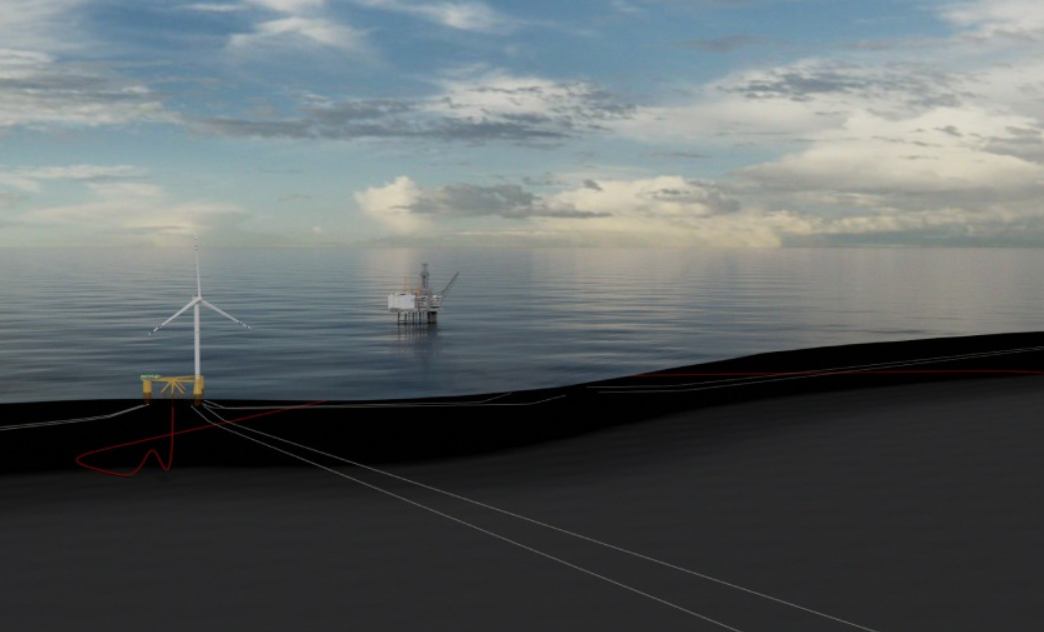Norway – Odfjell Oceanwind has been given an Approval in Principle (AiP) from DNV for its new Deepsea Semi floating wind foundation.
For floating wind farms, the Deepsea Semi-floating wind foundation design can be used. It can also be used for off-grid applications, like powering oil and gas installations for a short time.
The Deepsea Semi foundation can hold wind turbine generators with up to 15MW of power. It was made for low-cost, industrial mass-production at a low price. The design base includes all of the areas where floating wind farms are being planned in the North Atlantic region, including Scotwind and Utsira Nord. It covers a range of water depths from 60 to 1300 meters. It’s made for Siemens Gamesa’s SG 11.0-200DD and SG 14.0-222DD offshore wind turbines. DNV is going to classify and certify it for that reason. The AiP is part of a process that includes Odfjell Oceanwind, Siemens Gamesa, and DNV that is trying to make sure the class is safe.
It was made by Odfjell Oceanwind’s own design team to be used in their fleet of Mobile Offshore Wind Units (MOWUs). It looks like Odfjell Oceanwind will order the first batch of MOWUs later in 2022, with the goal of getting them into service in 2024. Odfjell Oceanwind will run the units as a single group.
MOWUs cut emissions
Odfjell Oceanwind wants to build the first MOWUs for electrifying offshore oil and gas installations. This will help the industry become more environmentally friendly by combining electrification with power from the shore. The Deepsea Semi design also allows for an integrated WindGrid module, which uses hybrid technologies and energy storage to keep power going to places that aren’t connected to a bigger power grid. The WindGrid module has been made by Siemens Energy, which has a lot of experience with oil and gas and the grid. It has been made so that energy storage systems, like the BlueVault battery energy storage and the BlueDrive converters, can work. DNV has already found that when wind turbines are used with MOWUs, they can help cut emissions by up to 60% to 70% compared to power generated by gas turbine generators alone.





